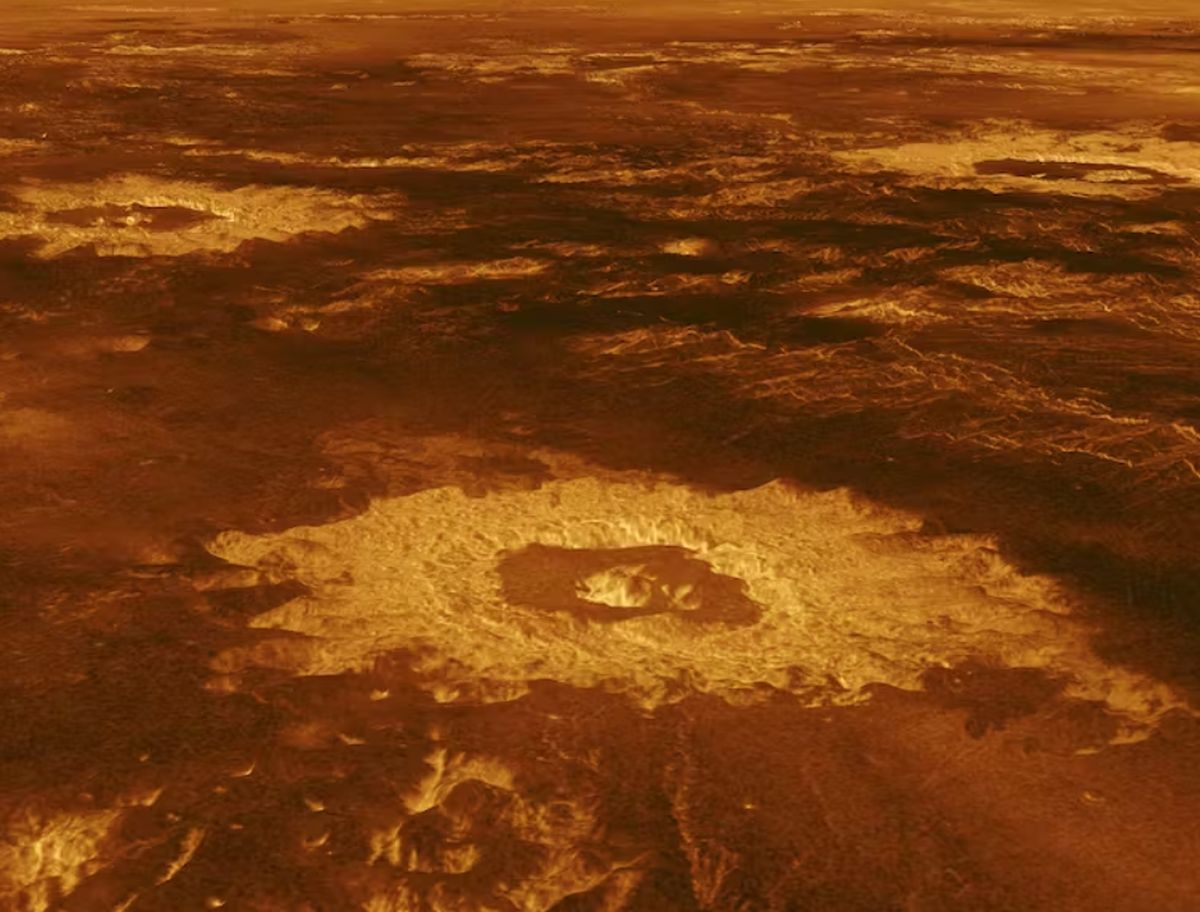We reported before about a NIAC-funded project known as the Lofted Environment and Atmospheric Venues Sensors (LEAVES) mission to study Venus’ atmosphere. While the technology behind the idea is still under development, it has already inspired a team of Worcester Polytechnic Institute (WPI) undergraduates to develop a supporting satellite mission to launch and communicate with the leaves. Their paper, part of their B.S. Thesis, details how to use these new sensors and the challenges ahead.
Continue reading “How to Deploy and Talk To LEAVES on Venus”Another Building Block of Life Can Handle Venus’ Sulphuric Acid
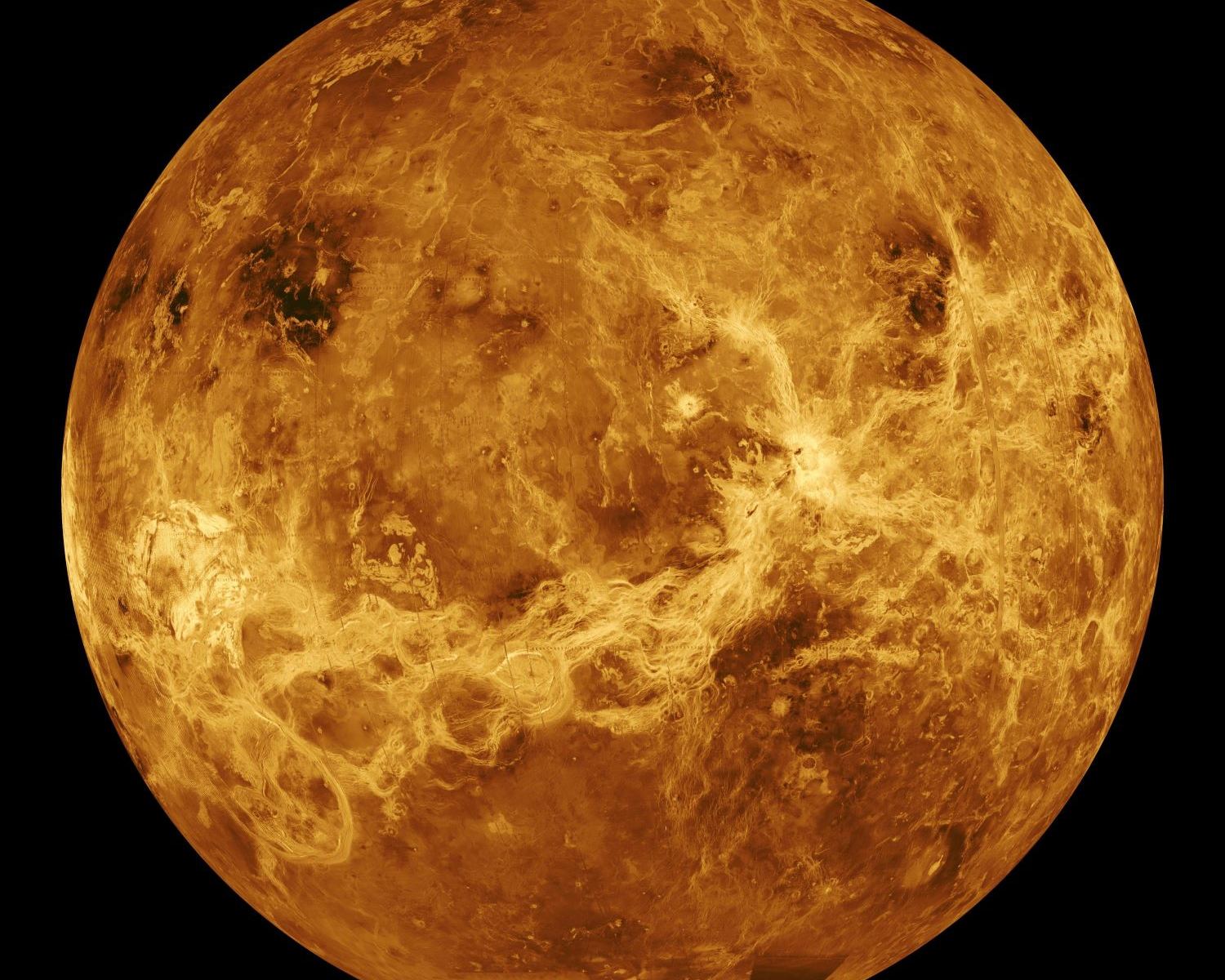
Venus is often described as a hellscape. The surface temperature breaches the melting point of lead, and though its atmosphere is dominated by carbon dioxide, it contains enough sulfuric acid to satisfy the comparison with Hades.
But conditions throughout Venus’ ample atmosphere aren’t uniform. There are locations where some of life’s building blocks could resist the planet’s inhospitable nature.
Continue reading “Another Building Block of Life Can Handle Venus’ Sulphuric Acid”There are Mysteries at Venus. It’s Time for an Astrobiology Mission
When scientists detected phosphine in Venus’ atmosphere in 2020, it triggered renewed, animated discussions about Venus and its potential habitability. It would be weird if the detection didn’t generate interest since phosphine is a potential biomarker. So people were understandably curious. Unfortunately, further study couldn’t confirm its presence.
But even without phosphine, Venus’ atmosphere is full of chemical intrigue that hints at biological processes. Is it time to send an astrobiology mission to our hellish sister planet?
Continue reading “There are Mysteries at Venus. It’s Time for an Astrobiology Mission”A Practical Use for Space Power: Beaming Energy to Probes on Venus
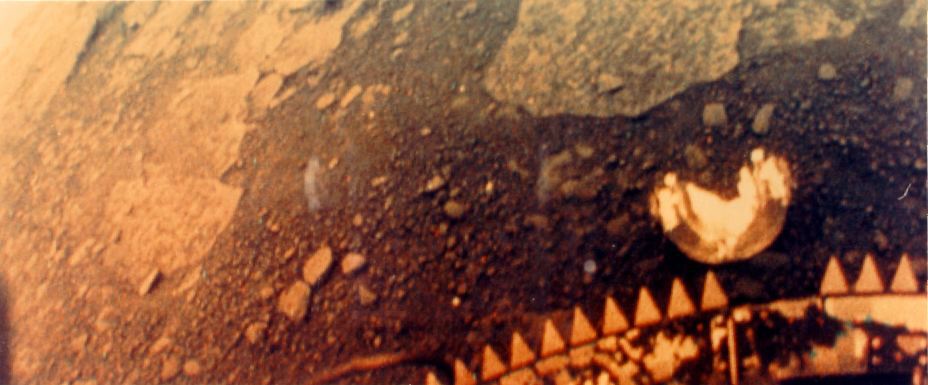
A few weeks ago, a team of scientists from Caltech announced that they had successfully transmitted energy from an orbiting satellite down to Earth. It wasn’t a lot of energy, but it showed that it was possible.
Eventually, we might be able to beam energy from solar satellites down to Earth, making solar energy available almost anywhere and helping combat climate change. But there’s another potential use: powering surface probes on Venus.
Continue reading “A Practical Use for Space Power: Beaming Energy to Probes on Venus”The Best Way to Learn About Venus Could Be With a Fleet of Balloons
Interest in the exploration of Venus has kicked up a notch lately, especially after a contested recent discovery of phosphine, a potential biosignature, in the planet’s atmosphere. Plenty of missions to Venus have been proposed, and NASA and ESA have recently funded several. However, they are mainly orbiters, trying to peer into the planet’s interior from above. But they are challenged by having to see through dozens of kilometers of an atmosphere made up of sulfuric acid.
That same atmosphere is challenging for ground missions. While some of the recently funded missions include a component on the ground, they are missing an opportunity that isn’t afforded on many other planets in the solar system – riding along in the atmosphere. Technologists have proposed everything from simple balloons to entire floating cities – we even heard of a plan to enclose the entirety of Venus in a shell and live on the surface of that shell. But for now, balloons seem to be a more straightforward answer. That is the mission modality proposed by a team of researchers at NASA’s Jet Propulsion Laboratory to discover more about something that was only confirmed to exist on Venus in the last week – volcanism.
Continue reading “The Best Way to Learn About Venus Could Be With a Fleet of Balloons”Physicist encourages continuing the search for life in Venus’ atmosphere
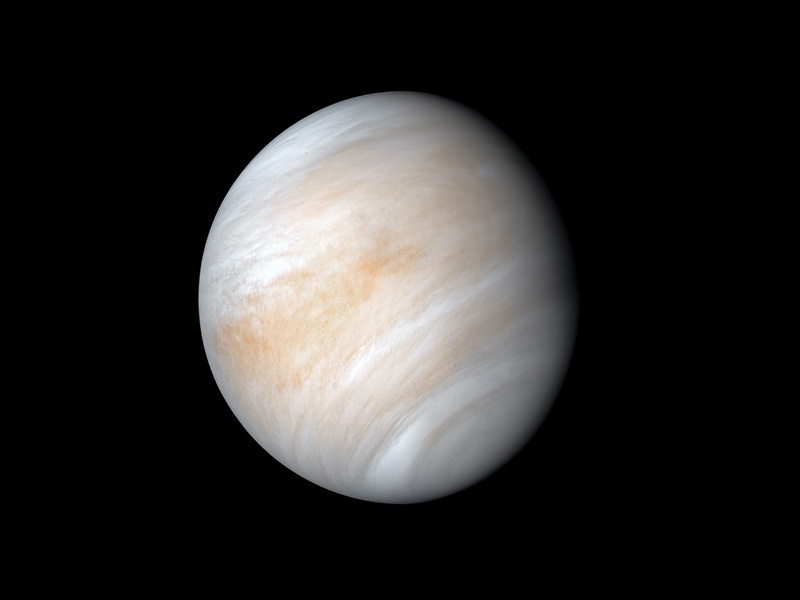
In a recent paper accepted to Contemporary Physics, a physicist from Imperial College London uses past missions and recent findings to encourage the importance of searching for life in the atmosphere of the solar system’s most inhospitable planet, Venus. This comes as a 2020 announcement claimed to have discovered the presence of phosphine in Venus’ atmosphere followed by follow-up observations from NASA’s recently-retired SOFIA aircraft in late 2022 that refuted it. Despite this, Dr. David Clements, who is a Reader in Astrophysics in the Department of Physics at Imperial College London, recently told Universe Today that “there is something odd going on in the atmosphere of Venus.”
Continue reading “Physicist encourages continuing the search for life in Venus’ atmosphere”Venus Held Onto its Water Surprisingly Well During its History
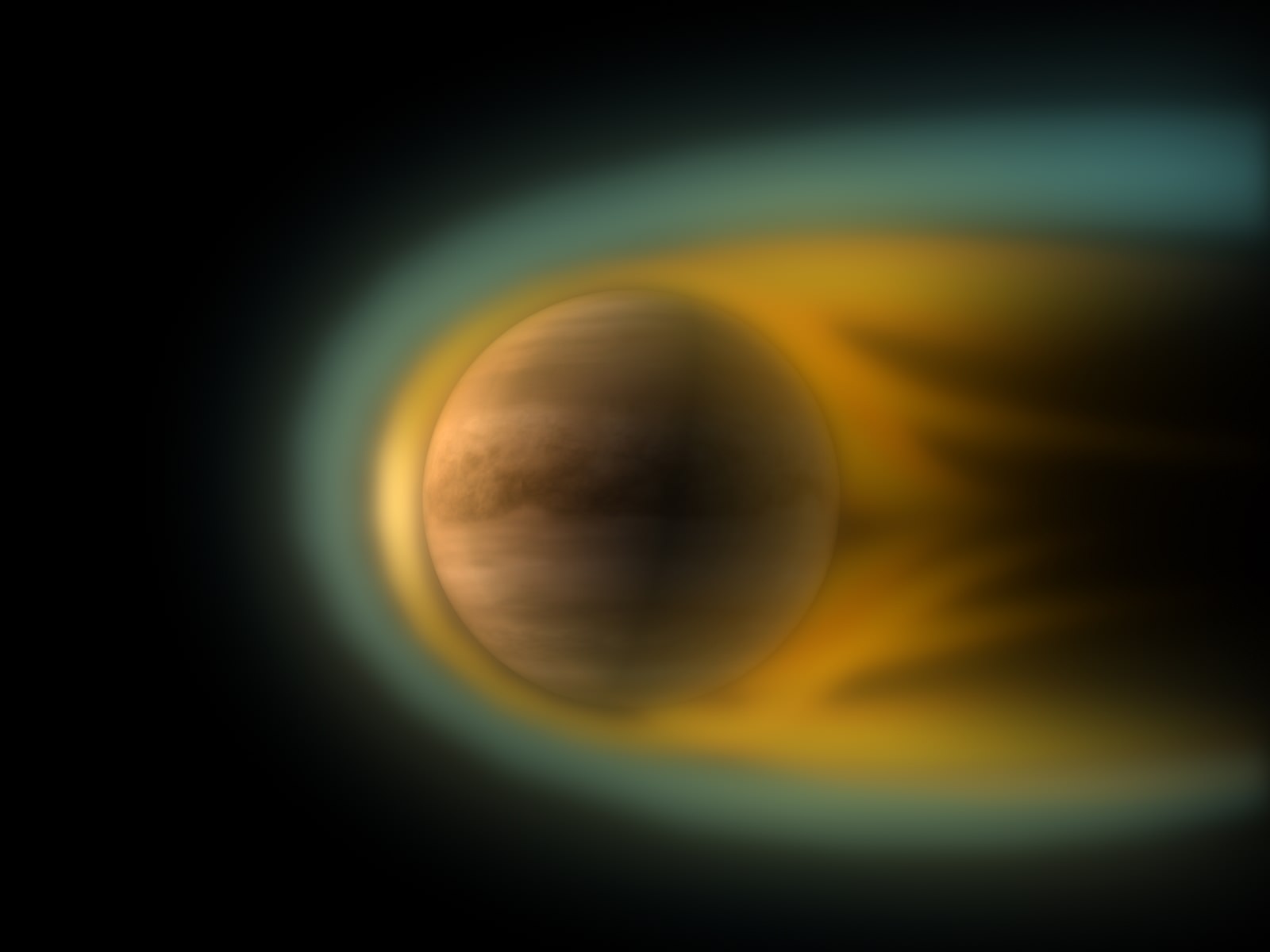
Named for the ancient goddess of fertility, the planet Venus could not be more hostile to life as we know it. Aside from being the hottest planet in the Solar System, Venus has also an atmosphere that is 92 times denser than Earth’s, and regularly experiences sulfuric acid rain. But as we’ve learned from multiple surveys, Venus was once a much milder climate and even had vast oceans on its surface.
For astronomers and geologists alike, the burning question is, how much of its water did Venus hold onto during this massive transition? According to research presented by Moa Persson of the Swedish Institute of Space Physics (IRF), Venus actually retained most of its water over the past 4 billion years. Contrary to what researchers previously thought, Venus lost only a small amount of its water to a runaway Greenhouse Effect.
Continue reading “Venus Held Onto its Water Surprisingly Well During its History”

